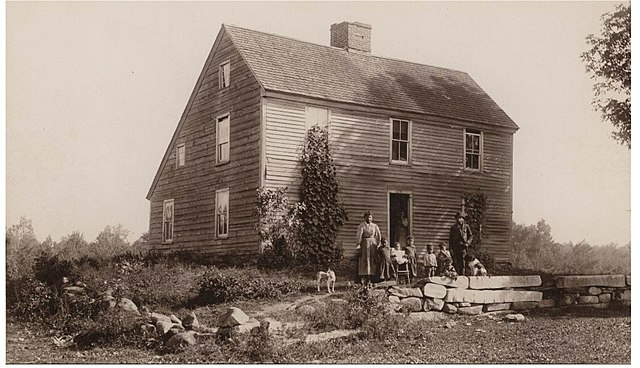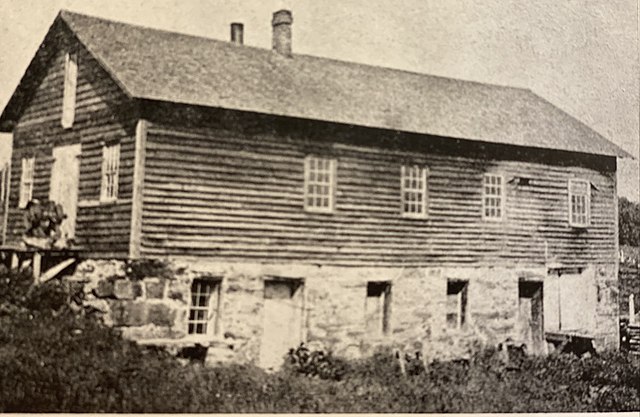John Brown's raid on Harpers Ferry
John Brown's raid on Harpers Ferry was an effort by abolitionist John Brown, from October 16 to 18, 1859, to initiate a slave revolt in Southern states by taking over the United States arsenal at Harpers Ferry, Virginia. It has been called the dress rehearsal for, or tragic prelude to, the American Civil War.
Harper's Weekly illustration of U.S. Marines attacking John Brown's "Fort"
Artist Jacob Lawrence's conception of Brown trying to persuade abolitionist Frederick Douglass to join him in the raid on Harpers Ferry. Douglass refused, as he believed Brown would fail.
John Brown in 1859
1862 photograph of the Harpers Ferry arsenal; the "engine house", later called "John Brown's Fort", is on the left.
John Brown (abolitionist)
John Brown was a prominent leader in the American abolitionist movement in the decades preceding the Civil War. First reaching national prominence in the 1850s for his radical abolitionism and fighting in Bleeding Kansas, Brown was captured, tried, and executed by the Commonwealth of Virginia for a raid and incitement of a slave rebellion at Harpers Ferry in 1859.
Brown in a photograph by Augustus Washington, c. 1846–1847
The house in which Brown was born, in Torrington, Connecticut, was photographed in 1896 and destroyed by fire in 1918.
John Brown's Tannery, in 1885
Mary Ann Brown (née Day), wife of John Brown, married in 1833, with Annie (left) and Sarah (right) in 1851








